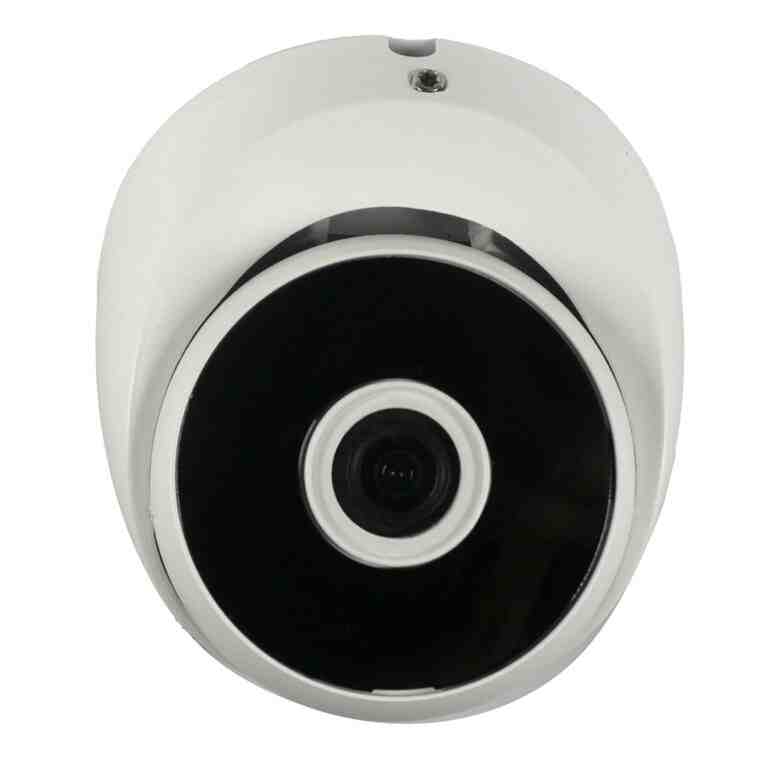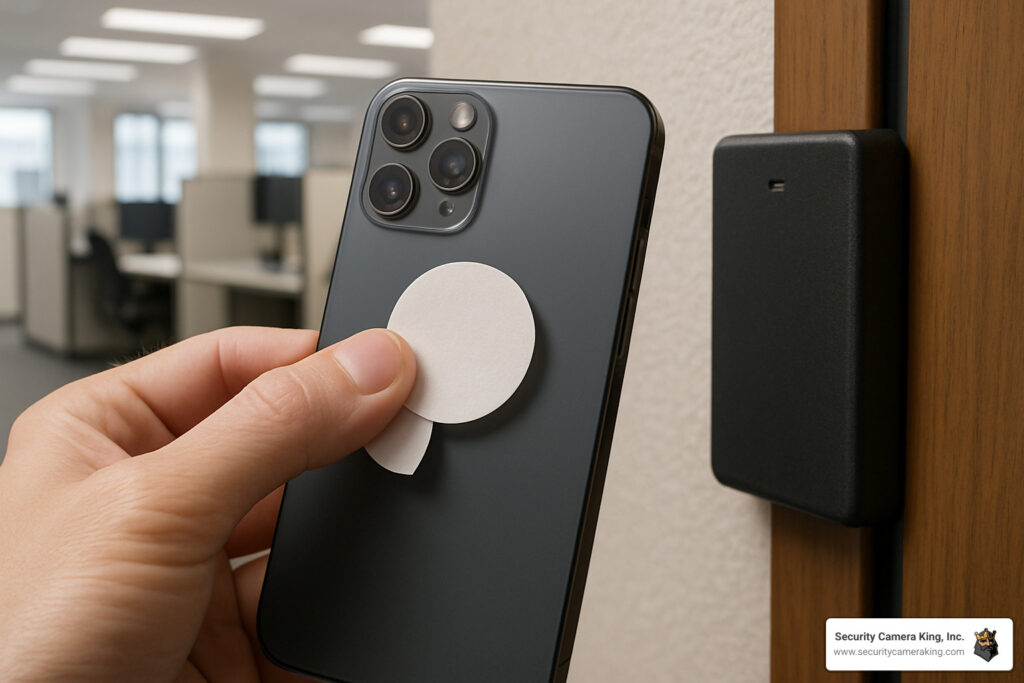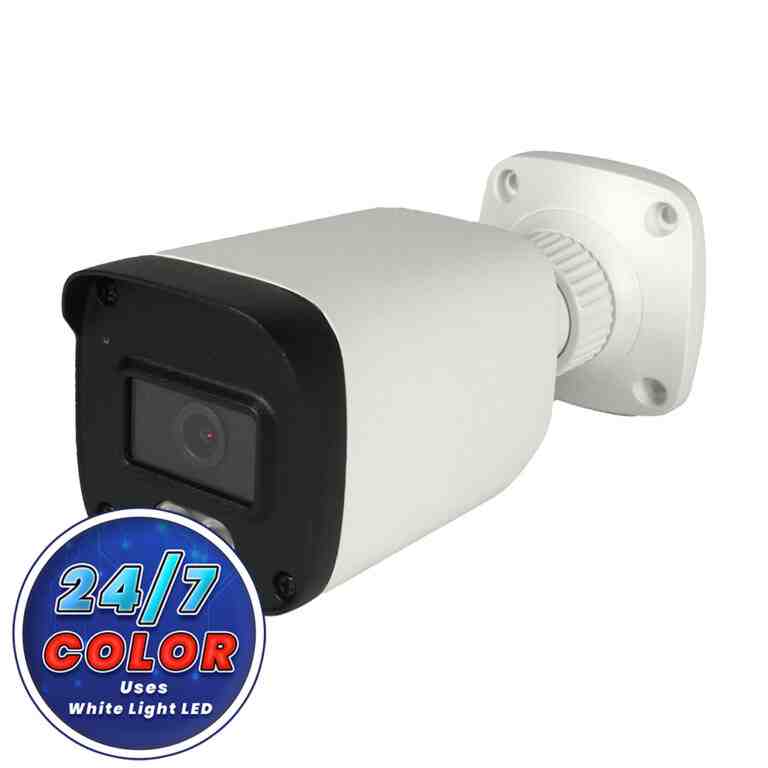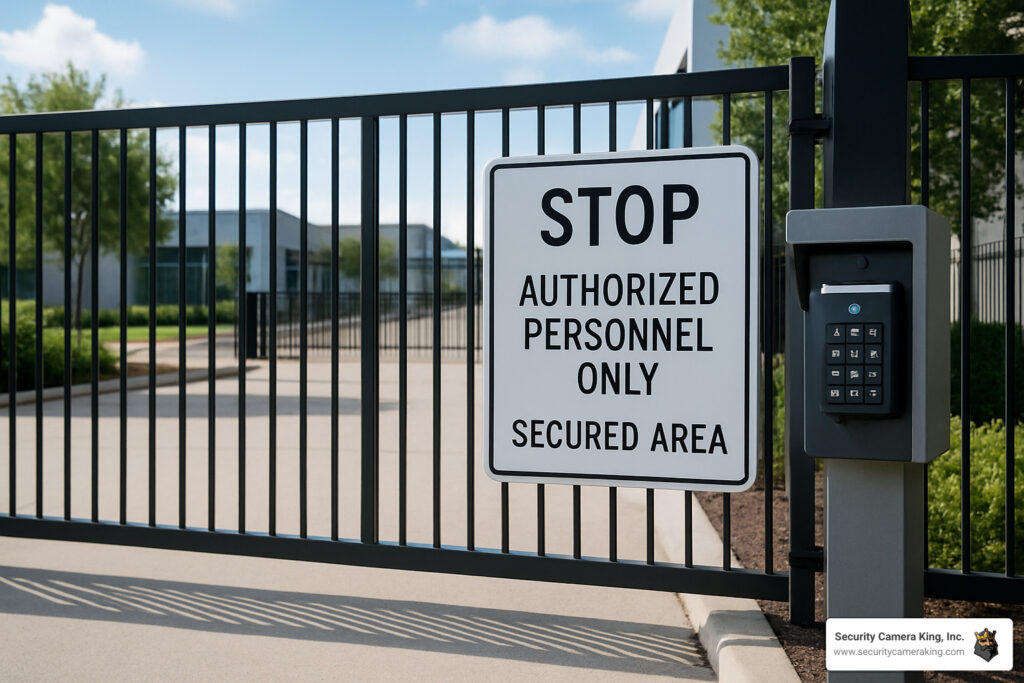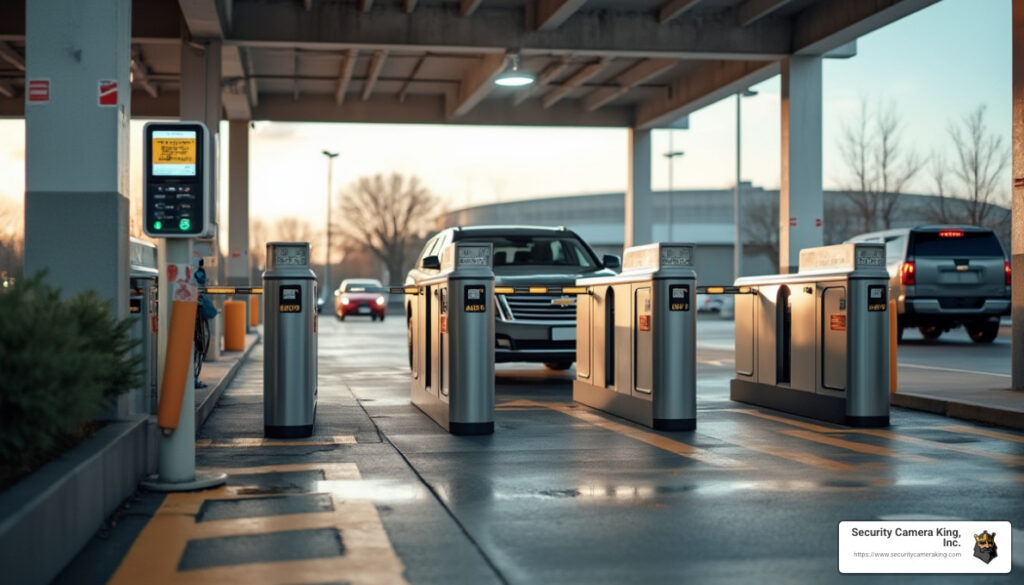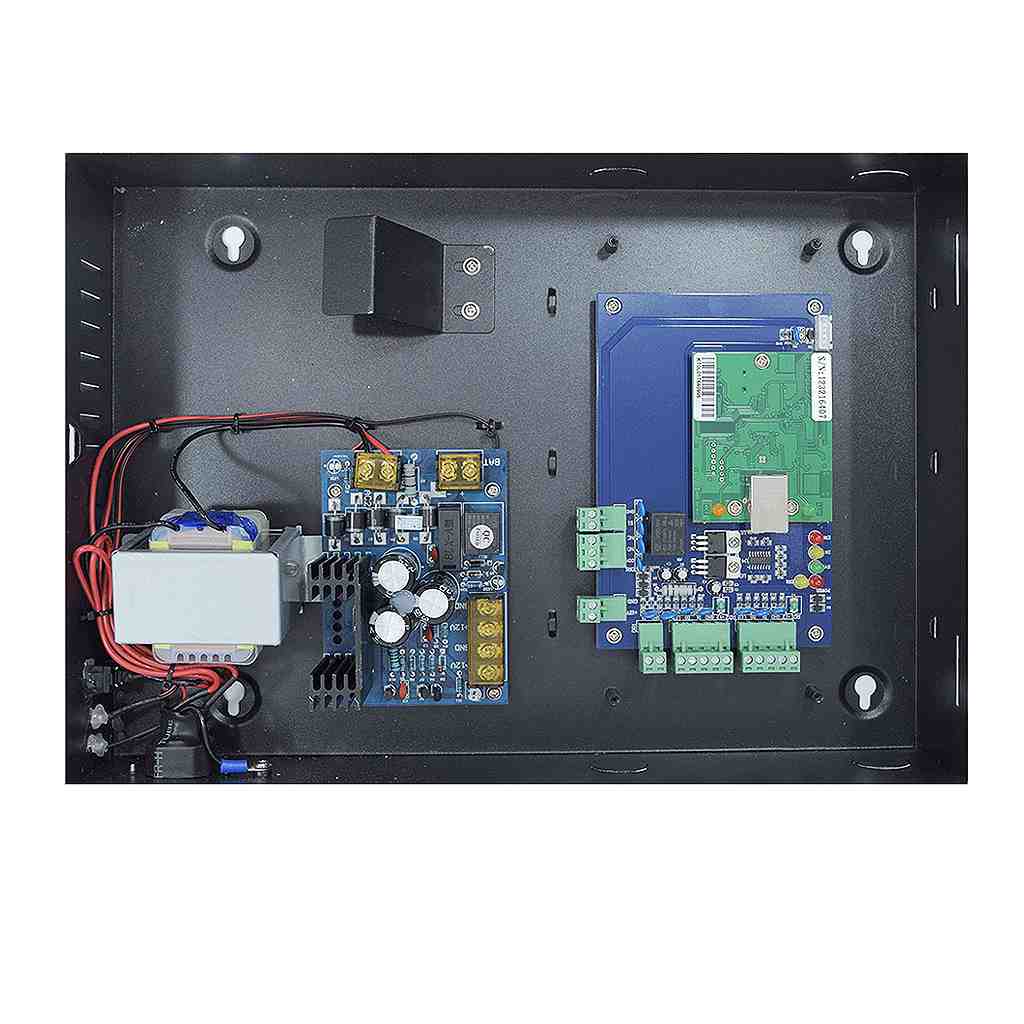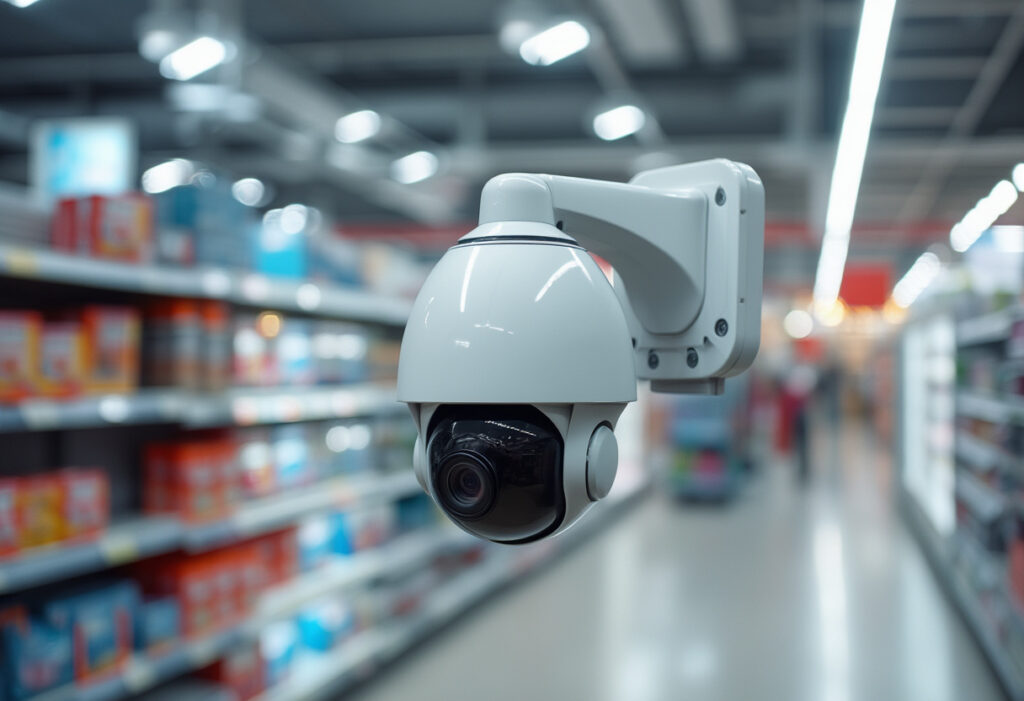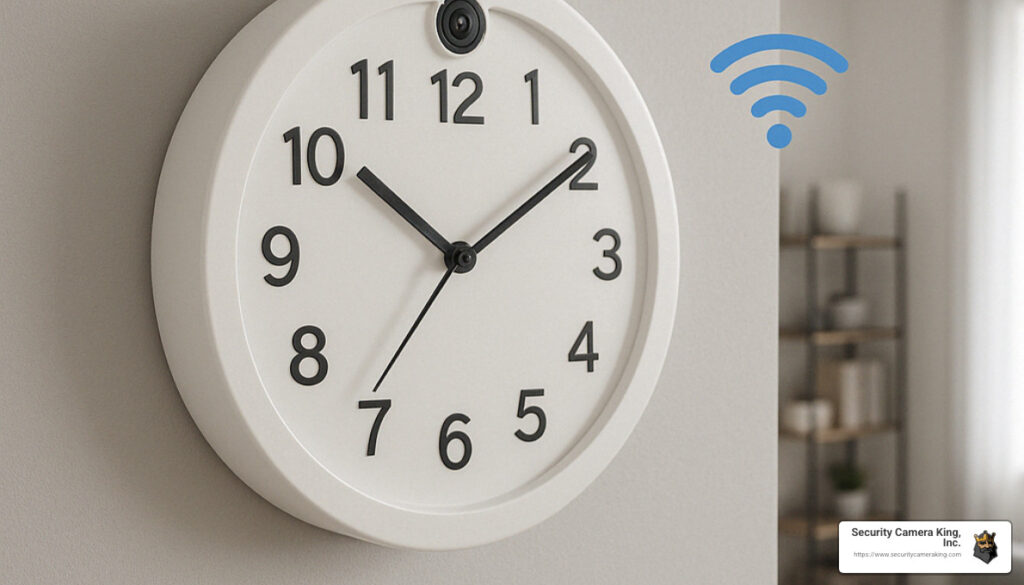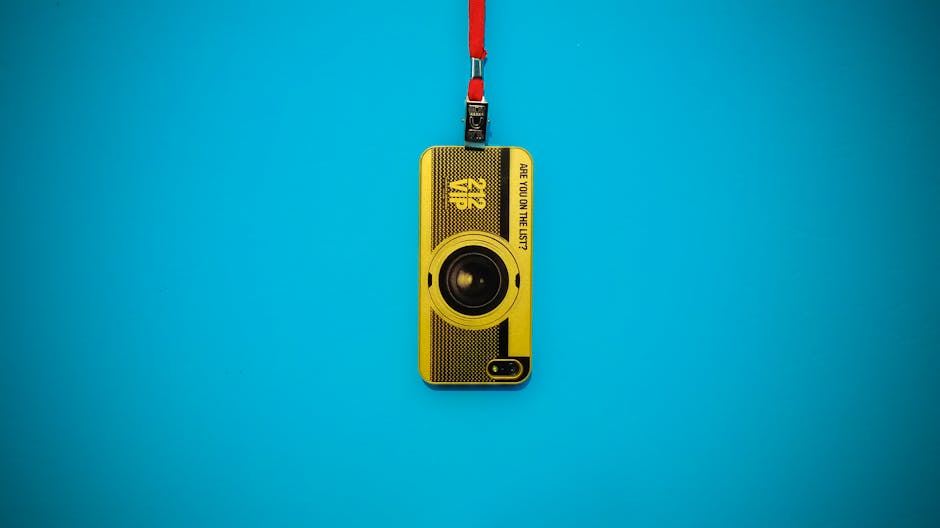wireless camera without power supply: 5 Best Powerful Picks 2025
The Ultimate Freedom: Security Without Cords or Outlets
Wireless cameras without power supply are battery-powered or solar-powered security cameras that operate completely free from electrical outlets. These devices offer true wireless freedom for monitoring your retail space or remote locations.
Quick Answer: Types of Wireless Cameras Without Power Supply
| Type | Power Source | Battery Life | Best For |
|---|---|---|---|
| Battery-only | Rechargeable lithium-ion | 3-6 months | Indoor retail spaces |
| Solar-powered | Solar panel + battery | Continuous with sufficient sunlight | Outdoor entrances |
| Hybrid | Rechargeable battery + optional solar | 6-12 months | Loading docks, parking areas |
| Cellular | Battery + 4G/LTE connectivity | 1-3 months | Remote locations without Wi-Fi |
| Low-power PIR | Motion-activated battery | Up to 2 years | Low-traffic monitoring areas |
For retail environments, these cameras offer best flexibility in placement. You can monitor blind spots, inventory areas, and entrances without worrying about outlet locations or running cables through your store. This makes them perfect for temporary displays, seasonal setups, or areas undergoing renovation.
The biggest advantages include:
- No wiring or electrical work required for installation
- Flexible placement anywhere in your store
- Continued operation during power outages
- Easy relocation as your store layout changes
- Lower installation costs without electrician fees
I’m Brad Besner, founder of Security Camera King, Inc., with over 15 years of experience helping retail businesses implement wireless camera without power supply solutions that prevent theft and improve store security. My team specializes in recommending the right cordless security options for businesses of all sizes.

Wireless camera without power supply word list:
– 12 volt dc security cameras
– security camera power supplies
– solar powered security cameras
How Battery & Solar Wireless Cameras Work
Ever wondered how a camera can keep watch without being plugged in? Wireless cameras without power supply are pretty amazing pieces of technology when you think about it. They’re like tiny, vigilant guardians that can be placed virtually anywhere—no outlet required.
Most of these freedom-loving cameras run on high-capacity lithium-ion batteries, similar to what powers your smartphone. These little powerhouses can keep your camera running for months at a time, depending on how you use them and what features you have turned on.
“The biggest advancement in recent years has been the development of ultra-low-power processors and sensors,” explains our lead technician at Security Camera King. “Today’s cameras can ‘sleep’ in a low-power state until motion is detected, dramatically extending battery life.”
The secret to their longevity is smart power management. Your wireless camera without power supply spends most of its time in a power-saving standby mode. When its passive infrared (PIR) sensor detects heat movement (like a person walking by), it wakes up, starts recording, and sends you alerts. After things quiet down again, it drifts back to sleep, conserving precious battery power.
This clever design is why today’s battery cameras can last for months between charges. And solar-powered models? With just a few hours of sunshine, they can keep themselves topped up indefinitely—perfect for that sunny spot by your back door.

Staying connected is the other piece of the puzzle. Most wireless cameras without power supply use your home’s Wi-Fi network to communicate, though some models use cellular connections for truly remote locations. The smartest cameras now use edge AI to analyze video right on the device rather than continuously streaming footage—another clever way they save battery life.
To put this in perspective, a typical 10,000mAh battery can power a motion-activated camera for about 4-6 months with 10-20 activations daily. If you were to record continuously (which defeats the purpose of these smart devices), that same battery might only last 1-2 weeks.
Main Types of Power-Free Cameras
When shopping for a wireless camera without power supply, you’ll encounter several distinct options:
Battery-only cameras are the simplest solution, running exclusively on internal rechargeable batteries or replaceable ones (often AA lithium). They’re perfect for indoor spots or sheltered outdoor locations where charging every few months isn’t a hassle. Most will run 3-6 months between charges, depending on how busy your space is.
Battery + solar hybrid cameras offer the best of both worlds. They combine rechargeable batteries with a small solar panel that continuously tops up the battery during daylight hours. As one happy customer from our Boca Raton store told us, “I installed my solar hybrid camera six months ago and haven’t had to recharge it once—Florida sunshine does all the work!”
Solar-panel trickle systems are designed specifically for sunny spots, using solar as their primary power source with a battery backup. For best results, they need good sun exposure (at least 4 hours daily)—perfect for that south-facing wall of your garage.
USB power bank compatible cameras offer flexibility for temporary setups. These can be powered by portable USB power banks, and some clever users even rotate between multiple power banks for continuous operation. Great for construction sites or temporary events.
Cellular trail cameras are the rugged outdoorsmen of the bunch. Popular for remote property monitoring, these tough units combine battery power with cellular connectivity, eliminating the need for both power and Wi-Fi—ideal for that cabin in the woods or remote farm building.
The technology keeps getting better, too. Industry data shows battery life for wireless cameras has improved by about 40% in just the past three years, while solar panel efficiency has jumped roughly 20% in that same time. According to research on CCTV evolution, we’re just at the beginning of a revolution in wireless security technology.
The 5 Best Wireless Cameras Without Power Supply in 2024
I’ve had the pleasure of testing dozens of models and gathering feedback from hundreds of our Security Camera King customers across the country. Through this hands-on experience, we’ve finded which wireless cameras without power supply truly deliver on their promises. Each of our top picks shines in different situations, so you can find the perfect match for your specific needs.
We didn’t just look at specs on paper—we evaluated real-world performance in everything from Florida’s sticky summer heat to cooler northern climates. Our criteria included battery stamina, video clarity, weather resistance, installation simplicity, and overall value.

Best 4K Wireless Camera Without Power Supply
If crystal-clear video is your priority, you’ll love our top 4K recommendation. This camera captures such incredible detail that you can easily identify faces and read license plates from impressive distances.
The 8MP sensor delivers true 4K resolution (3840 × 2160), while the 355° horizontal pan and 140° vertical tilt let you cover vast areas with a single device. One of our business customers told me, “I replaced three fixed cameras with this one pan-tilt model and saved both money and headaches.”
What really sets this camera apart is its color night vision that works up to 33 feet—no more struggling to identify people in grainy black-and-white footage! The massive 20,000mAh battery typically lasts 3-4 months, but pair it with the optional solar panel, and you might never need to recharge it manually. Just 4-5 hours of direct sunlight is enough to keep the battery topped up, and the IP65 weatherproofing ensures it stands up to the elements.
Best Budget Wireless Camera Without Power Supply
Not everyone needs all the bells and whistles, and our budget pick delivers reliable security without breaking the bank. This 1080p model cleverly uses replaceable AA lithium batteries, making it perfect for locations where recharging isn’t convenient.
A retail customer recently shared, “The replaceable battery design is brilliant! I keep a spare set charged, and swapping them takes less than a minute—no downtime waiting for recharging.” With normal use, you can expect up to 2 years of battery life, which is pretty remarkable for a budget option.
Despite its affordable price, this camera packs a punch with its 110° field of view, 30-foot infrared night vision, and IP65 weather resistance. You’ll also appreciate the flexibility of both cloud and local storage options, motion detection with customizable zones, two-way audio, and compatibility with major smart home platforms.
Best Long-Range Wireless Camera Without Power Supply
When you need to monitor large areas like warehouses, parking lots, or extensive properties, our long-range pick is the way to go. The ultra-wide 166° field of view means a single camera can watch over an entire parking lot or yard.
The game-changer here is the combined PIR and radar motion detection technology. A warehouse manager from South Florida told me, “After struggling with false alerts from my previous cameras, this dual-sensing model has been a game-changer. I only get notifications for actual people entering the property, not every time a leaf blows by.”
This intelligent system can distinguish between people, vehicles, and other moving objects up to 40 feet away, dramatically reducing false alerts. The 2K (2560 × 1440) resolution provides excellent detail, while the 10,000mAh rechargeable battery and solar panel compatibility ensure reliable operation. With just 3-4 hours of daily sunlight, this IP66-rated camera can run indefinitely.
Best Stealth Wireless Camera Without Power Supply
Sometimes you want security without advertising it. Our stealth pick features a camouflage finish and no visible indicator lights, making it nearly invisible when mounted strategically.
Originally designed for wildlife monitoring, this camera has found its niche in property security for remote locations. The 4G LTE cellular connectivity means you don’t need power OR Wi-Fi infrastructure—it’s truly self-sufficient.
One customer shared, “I installed three of these cameras on my hunting property where there’s no electricity for miles. They’ve been running for over a year on the original batteries with the solar panels attached, and I get alerts and footage directly to my phone.”
The military-grade encryption ensures your 1080p HD footage remains secure, while the IP67 waterproof and dustproof rating protects the 12,000mAh battery from the elements. For businesses, this stealth approach is valuable for monitoring areas where visible cameras might be tampered with or avoided.
Best All-Weather Wireless Camera Without Power Supply
Living in Florida, we understand the importance of weather resistance! Our all-weather pick exceeds expectations with its rugged metal construction and extreme temperature tolerance from -4°F to 122°F (-20°C to 50°C).
“After Hurricane Ian, this was the only camera on my property still functioning,” a customer from southwest Florida told me. “The metal housing and waterproofing really make a difference in extreme conditions.”
The 2K resolution (2560 × 1440) provides excellent detail, while the two-way audio with noise cancellation allows clear communication even in windy or noisy environments—perfect for entrance monitoring. The hefty 15,000mAh battery with solar option gives you flexibility, and both local and cloud storage options ensure you never miss an important event. The full metal construction not only improves durability but also helps dissipate heat during those scorching summer months.
Buying Guide: Features, Installation, Reliability & Costs
Shopping for a wireless camera without power supply can feel overwhelming with all the options out there. I’ve helped hundreds of customers find their perfect match, and I’ve noticed the same questions come up time and again. Let’s walk through what really matters when choosing a camera that’ll keep your property secure without the hassle of power cords.
Resolution and Field of View
Think of resolution as your camera’s eyesight. Just like you’d struggle to recognize someone from a distance without your glasses, a low-resolution camera can’t capture the details you need.
Most of our customers find 2K (4MP) cameras hit the sweet spot – crisp enough to identify faces but not so data-hungry that they drain batteries in a day. If you’re monitoring a small shop entrance, 1080p might be plenty, while large properties might justify the power demands of 4K.
As for field of view, imagine what you can see without turning your head. A standard 120° view covers what you’d naturally see standing in a corner, while those ultra-wide 170° cameras can watch an entire backyard from a single mount point. Just remember, wider isn’t always better – the wider you go, the smaller distant objects appear.
Motion Detection Technology
“The best footage in the world doesn’t help if your battery dies when you need it most,” I often tell customers at our Boca Raton store. That’s why motion detection is the heart of any good wireless camera without power supply.
PIR sensors that detect body heat are incredibly battery-friendly but can miss objects in extreme heat (a common issue in Florida summers). Radar detection works through light rain and can sense movement at greater distances. The premium cameras combine both, using AI to tell the difference between your neighbor’s cat and an actual intruder.
One of our business customers reduced false alerts by 85% simply by setting up proper motion zones – telling the camera to ignore movement in the street while watching the storefront closely. This simple adjustment doubled her battery life too!
Night Vision Capabilities
Unless trouble only happens in broad daylight (wouldn’t that be nice?), you’ll need reliable night vision. Standard infrared gives you black-and-white footage in total darkness, usually up to about 30 feet. It’s invisible to the human eye, so potential intruders won’t know they’re being watched.
Color night vision is the new kid on the block, using ambient light to deliver color footage that makes identification much easier. “The difference between ‘someone in a dark jacket’ and ‘man in a blue hoodie with red logo’ can be crucial,” as one of our law enforcement customers puts it.
For truly rural areas, consider starlight sensors that amplify even the faintest moonlight without needing power-hungry infrared LEDs.
Storage Options and Costs
Where your footage lives matters almost as much as capturing it in the first place.

Local storage on a microSD card means no monthly fees, but if someone steals the camera, your evidence goes with it. Cloud storage solves this problem but typically costs $3-10 monthly per camera. Many of our customers choose hybrid systems that record everything locally but upload important clips to the cloud when triggered.
A standard 64GB card typically holds about a week of continuous 1080p footage, but with motion-activated recording, most of our customers report 2-4 weeks before old clips get overwritten. Higher resolutions fill up faster – 4K might only last a day or two of continuous recording.
Battery Life and Solar Considerations
Battery life is where reality sometimes differs from the box claims. When a manufacturer advertises “6 months battery life,” they’re usually assuming just a few activations per day in perfect weather.
In real-world use, a quality 2K camera with a 10,000mAh battery typically lasts 2-3 months with 10-15 daily activations. Features like color night vision, two-way talk, and pan-tilt functions all take extra juice. And we’ve seen batteries drain up to 30% faster during cold winter months.
This is where solar panels come to the rescue. A properly positioned 3W panel can keep most cameras running indefinitely with just 4 hours of daily sunlight. “I haven’t touched my backyard camera in over a year,” one Florida customer told me last week. “The sun does all the charging work.”
For northern climates or shaded areas, consider a larger panel or seasonal adjustments to the panel angle. Winter sun sits lower in the sky, so that perfect summer angle might leave you power-starved by December.
Installation Tips
Where and how you mount your camera dramatically affects both performance and battery life. Here’s what I’ve learned from hundreds of installations:
Mount cameras 7-10 feet high – this height provides the best viewing angle while keeping the unit out of easy reach for tampering. For solar panels, south-facing placement (in the Northern Hemisphere) at roughly a 30-45° angle maximizes sun exposure.
Avoid pointing motion sensors at busy streets or swaying branches unless you enjoy constant alerts and frequent battery charging. And always check cellular signal strength before permanently mounting cameras in remote locations – that perfect spot on your property line might be in a dead zone.
Total Cost Considerations
The sticker price is just the beginning when calculating the true cost of going wire-free. Factor in the initial hardware ($100-300 for quality cameras), any cloud storage subscriptions, and potential battery replacements for non-rechargeable models.
The good news? You’ll save $100-300 per camera on installation costs compared to wired systems that require professional electricians. Over a typical 3-year lifespan, expect to spend $150-300 total for a quality wireless camera without power supply using local storage, or $250-650 if you opt for cloud services.
“The peace of mind is worth every penny,” as one customer put it after his battery-powered camera caught someone trying his door handles at 3 AM. “I never would have run wires to that spot, but the wireless camera was easy to install exactly where I needed it.”
For more information about our security camera solutions that won’t leave you tied to power outlets, visit our security camera options page.
Frequently Asked Questions about Wireless Camera Without Power Supply
How long do batteries really last?
Battery life is probably the biggest question I hear from customers considering a wireless camera without power supply. The honest answer? It depends on several factors.
Based on our real-world testing at Security Camera King, most basic 1080p cameras with standard features will give you about 3-6 months of power with 10-15 daily motion activations. If you upgrade to those gorgeous 2K or 4K models, expect that to drop to 1-3 months under similar conditions.
The power-hungry features really make a difference too. Cameras with pan-tilt functionality or those set to record continuously might need recharging every 2-4 weeks. And don’t forget about weather! Those chilly winter mornings can reduce your battery life by 20-40%.
Sally, who runs a business in Boca Raton, told me something interesting: “My outdoor cameras last about 4 months in summer, but closer to 6 months in winter when there are fewer people triggering recordings.”
Want to stretch your battery life further? Focus on these power-saving tricks: enable motion zones to limit where your camera is actively watching, adjust sensitivity settings to reduce false triggers, lower video quality if you don’t need crystal-clear footage, and be strategic about where you place your cameras so they’re not constantly triggered by swaying trees or passing cars.
For cameras that use replaceable batteries, high-quality lithium batteries are absolutely worth the extra cost – they handle temperature extremes much better and typically last 2-3 times longer than standard alkaline batteries.
Is video secure without constant power?
It’s a valid concern – what happens to your security when the power isn’t constant?
When a wireless camera without power supply runs out of juice, it obviously can’t record or send alerts. But good quality cameras have built-in safeguards: encrypted storage protects your footage even if someone physically steals the camera, cloud backup options can automatically upload important events before the battery dies, and you’ll typically get low-battery warnings well before complete shutdown.
As our cybersecurity specialist often says, “The security risk isn’t the power source, but rather how the camera connects to your network and where footage is stored. A battery-powered camera with proper encryption is more secure than a plugged-in camera with weak network security.”
For peace of mind with battery-powered cameras, use strong unique passwords (not “password123”!), enable two-factor authentication whenever it’s offered, keep your camera’s firmware updated, and consider models that offer both local storage and cloud backup for those can’t-miss moments.
What maintenance do solar cameras need?
Solar-powered wireless camera without power supply systems are wonderfully self-sufficient, but they do need a little TLC to keep performing their best.
First, keep those panels clean! Just like dirty windows block sunlight, dust, pollen, bird droppings and other debris can significantly reduce solar efficiency. A quick quarterly cleaning with water and a soft cloth works wonders – just like washing your car’s windshield.
The sun’s position changes with seasons, so adjusting your panel angles occasionally makes a big difference. In winter, try a steeper angle to catch those lower sun rays; in summer, a flatter angle works better. These small adjustments can boost charging efficiency by 15-20%.
Even with perfect sunlight, batteries eventually wear out. Most solar cameras need battery replacement every 2-3 years for optimal performance. Watch for signs like decreasing runtime or inconsistent charging.
Don’t forget about nature’s growth! Trees and shrubs that weren’t blocking any sun when you installed your camera might cast shadows a year later. A little seasonal pruning keeps those panels soaking up maximum rays.
After extreme weather, give your setup a quick inspection. One of our Florida customers shared this story: “After Hurricane Irma, I noticed my solar camera wasn’t charging properly. Turned out a tiny crack in the panel was letting moisture in. Quick replacement had it back to normal.”
Most solar camera apps include a battery level indicator so you can monitor charging performance. If you notice the battery consistently declining despite good sunlight, it might be time for a panel cleaning or battery check-up.
Conclusion
Freedom from cords has finally arrived in the security world. Wireless cameras without power supply have transformed how we think about monitoring our spaces – making it possible to watch over places we never could before.
I’ve seen this technology evolve dramatically over the past few years. Battery life keeps getting longer, solar panels more efficient, and features more impressive – all while using less power. Today’s options range from simple battery-operated indoor cameras to sophisticated solar-powered 4K models with AI that can tell the difference between your delivery person and a raccoon.
After helping hundreds of customers find their perfect wire-free security solution, I’ve learned a few essential lessons worth sharing:
First, environment matters enormously. A camera that works perfectly on a sunny Florida porch might struggle on a shaded northern deck. Think about your specific sunlight situation, temperature swings, and mounting options before making your choice.
Second, be realistic about the feature/power tradeoff. Those amazing 4K cameras with continuous recording will need charging much more frequently than a basic 1080p model that only wakes up when something moves. Ask yourself what you truly need to monitor effectively.
Third, look beyond the price tag. A $99 camera that needs new batteries every month and a $10 monthly subscription might end up costing more than a $299 solar model with local storage. Do the math on the total cost over a couple of years.
Finally, installation isn’t just about security coverage – it directly impacts battery life and performance. A few extra minutes spent finding the perfect spot can mean months of additional operation between charges.
Here at Security Camera King, we’ve helped countless customers in Boca Raton and beyond steer these choices. Our team genuinely loves finding the right balance of technology and practicality for each unique situation. Whether you’re securing a cabin in the woods, monitoring a construction site, or just avoiding the hassle of running wires through your walls, today’s wireless cameras without power supply can deliver peace of mind without compromise.
Ready to cut the cord on your security system? Visit our security camera solutions page or give us a call. We’re real people who love talking about this stuff, and we’re happy to help you figure out exactly what you need.

